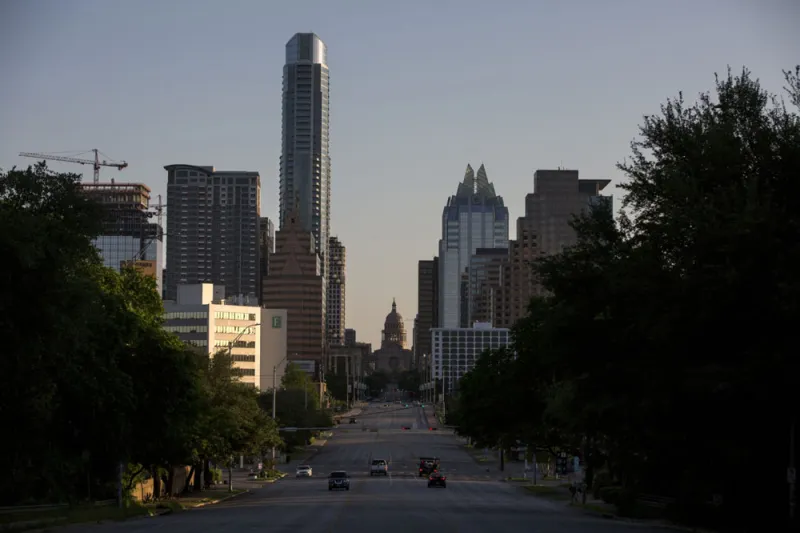The Texas Employee Retirement System lost 3.1 percent in the year ending March 31, the fund reported this week. But when it comes to private infrastructure and real estate assets, Texas ERS plans to stay the course.
The retirement system is one of the first major public pension funds to release full-year performance results that include the downturn caused by the coronavirus pandemic. Board materials, published online ahead of Wednesday’s investment meeting, show how the retirement system is coping.
The fund reported a $1.57 billion investment loss for the year, with total assets under management declining from $28.29 billion to $26.16 billion. Over three years, the retirement system returned 4.2 percent annualized, beating its benchmark but missing its actuarial target, according to the meeting packet.
The fund returned 4.4 percent annualized over five years and 6.5 percent over ten years, slightly edging out the benchmarks (by 0.1 and 0.2 percentage points, respectively).
Texas ERS will continue committing capital to private real estate “on a highly selective basis,” with plans to allocate $300 million in fiscal years 2021 and 2022, the documents said.
“The Covid-19 pandemic and resulting economic disruption has created tremendous uncertainty around the global economy, and real estate is one of the hardest-hit sectors,” the meeting materials said. Most real estate sub-sectors “will feel the pain,” aside from data centers. Meketa, the retirement system’s consultant, said in a memo that although 2020 first-quarter returns in the real estate market were strong, “all bets are off” for the rest of the fiscal year.
Real estate transaction activity has come to a near halt, and valuations going forward are hard to estimate, the memo noted.
ERS also plans to make three to six new infrastructure commitments totaling about $400 million during the fiscal year 2021.
“Investments in infrastructure assets and the revenue streams they generate are generally expected to be more resilient and downside protected than other asset classes,” the meeting packet said, noting that a change in infrastructure asset valuations is still possible.
The retirement system has been ramping up its private infrastructure portfolio in recent years. At present, ERS has 3.9 percent of its assets in the sector, with a long-term goal of 7 percent.
The retirement system’s infrastructure consultant CBRE Caledon recommended in a memo looking at infrastructure managers in Europe, Canada, Australia, and emerging markets.
[II Deep Dive: How Washington State Investment Board Fared in ‘Brutal’ First Quarter]
One place the retirement system is making a change? Its fixed income portfolio.
“The liquidity and low volatility of Treasury markets were tested as the global pandemic and uncertainty caused many investors to simultaneously sell Treasuries to meet redemptions and make margin calls, while others rushed for their safety,” according to the meeting materials.
Texas ERS has started “rebalancing downward” in high-yield credit, believing that the asset class is overvalued, given the likelihood of a recession.







